The French are sticklers for natural corks, but Chablis producer Michel Laroche uses only screws caps for his wines marketed to the American consumer, because time has shown it’s the best method for aging them.
In 2005, Laroche presented seven Chablis wines from the excellent 2002 vintage to a group of wine writers, including me.
The wines ranged from the basic Chablis appellation to Premier and Grand Crus, and each was bottled under two formats: natural cork and screw caps. Laroche wanted us to taste the wines blind so we were kept outside the room while the waiters poured the wines in two rows of seven glasses.
After we took our seats, Laroche asked us to note on the tasting sheet which glasses we believed came from the natural cork wines, and which from the screw caps. All the wines were in very good condition, but the screw cap wines had fresher fruit aromas and flavors with crisper acidity. Of the seven wines, only the two glasses containing a Grand Cru Chablis left me wondering.
Laroche returned in 2007 for a tasting with the Wine Media Guild and four of the 2002 vintage Chablis. Each wine remained in good condition, and again the screw cap wines were fresher. At the conclusion of the tasting, we took two unopened bottles of each cork and screw cap wine to store for a future tasting and asked Laroche to return for it.
Two weeks ago, Laroche joined us to retaste the same four wines, now nine years old. The additional four years of aging brought dramatic changes.
The basic Chablis Saint Martin had gained complexity in its aroma and flavor in both bottles, but the screw cap wine retained a fresher acidity. The Premier Cru Les Vaudevey was pleasant from the cork closed bottle, but had a less vibrant finish when compared with the screw cap. The cork closed bottle was tired and not aging gracefully.
The story was starkly different with both cork bottles of the Grand Cru Les Blanchots. The first bottle was corked, meaning the wine was tainted from an impure cork and had to be discarded. The second bottle was unbalanced, with the alcohol dominating the aroma and flavor, and the acidity very low. Owners of the cork-closed Les Blanchots would have incurred a loss of about $85 per bottle.
Meanwhile, both screw cap closed bottles of Les Blanchots displayed complex aromas and flavors, full body, and a pleasant mineral finish. Both will have many more years of life. Both the cork and screw cap bottles of the Grand Cru Les Clos were in very good condition. But once again, the two bottles with screw caps possessed a fresher citrus and mineral character, an indication for a longer life.
Even though Laroche knows wines age better with screw caps- all his wines marketed in America, Canada, and northern European countries are sold that way- tradition prevails in France, where only about 20 percent of Laroche Chablis are bottled with screw caps, and none at all in Spain, Italy or Portugal.
“If my neighbor asked me for a wine that ages 10 years, I would tell him to buy one with a screw cap”, he says. Based on our tasting two weeks ago, you should encourage Laroche to become your neighbor.

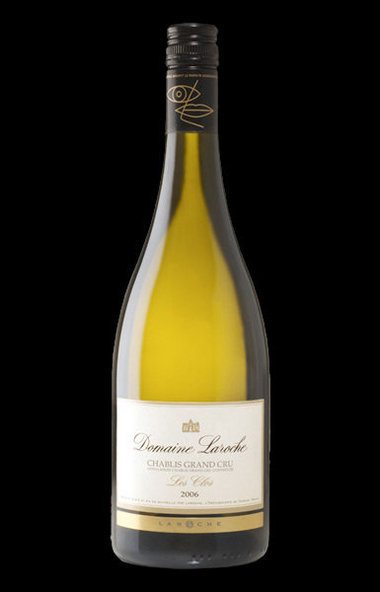
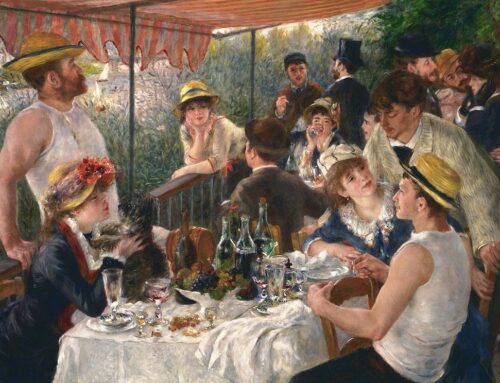
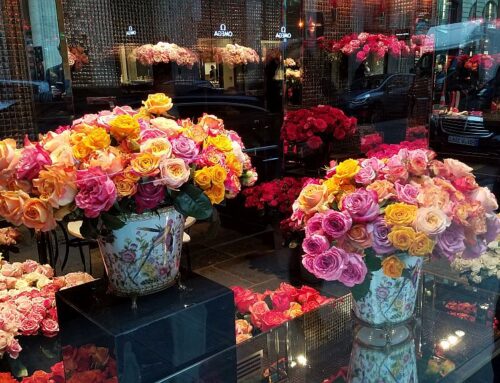
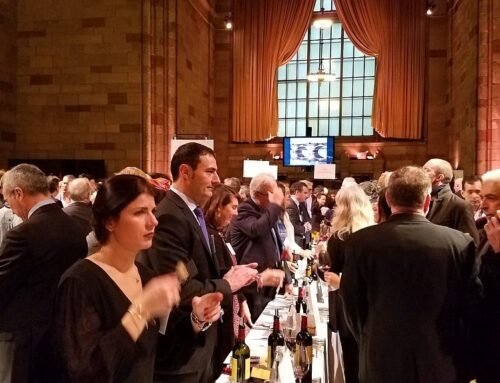


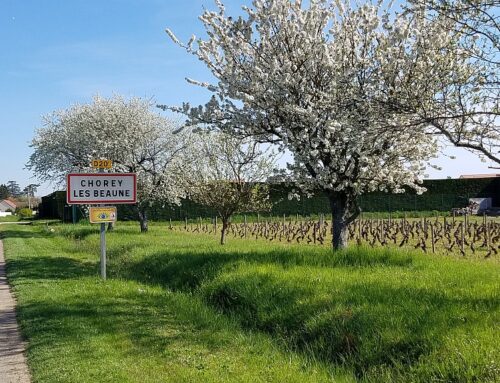
Leave A Comment